
Glass is one of the most versatile materials known to man, prized for its aesthetic beauty and functional qualities. The journey of glassmaking spans thousands of years and multiple continents, showcasing the evolution of techniques and the enrichment of artisanship through the ages. From the sands of ancient Egypt to the crafting excellence of Venetian masters, the history of glass is as transparent and intricate as the material itself.
Ancient Beginnings: The Birth of Glassmaking
The inception of glassmaking can be traced back to around 3500 BCE in Egypt and Mesopotamia. Initially, glass was a luxury item, crafted by skilled artisans for ceremonial and decorative uses. These early glassmakers worked with limited technology, relying on natural sand and sodium carbonate to produce basic glass objects. However, their creations laid the groundwork for subsequent innovations.
Archaeological findings reveal beautiful glass beads and amulets that were highly valued for their mesmerizing hues and translucency. This period marked the beginning of glass as an object of desire, emblematic of power and sophistication.
Glass in the Roman Empire
As glassmaking techniques evolved, the Roman Empire emerged as a pivotal player around the 1st century BCE. Romans revolutionized the craft with the advent of glassblowing, allowing for the creation of a diverse range of shapes and sizes. This significant advancement democratized glass, transforming it from a rarity into a ubiquitous element of everyday life.
The Romans’ profound appreciation for the material is evident in their innovative use of glass in architecture, notably in their famous bathhouses where translucent windows provided natural illumination. Moreover, the widespread availability of glass containers enhanced the Romans’ culinary and societal practices, making glass an essential component of their cultural identity.
Byzantine and Islamic Contributions
Following the decline of the Roman Empire, glassmaking techniques were preserved and enhanced by Byzantine and Islamic craftsmen. The Byzantine Empire contributed to glass art by incorporating intricate designs, which included cut, molded, and gilded pieces.
In the Islamic world, glassmakers excelled by perfecting color techniques and experimenting with forms, culminating in remarkable artistic expressions like mosque lamps and decorative glassware. Their prowess in the craft not only ensured its survival through the Middle Ages but also laid a foundation for a future renaissance in Europe.
The Glass Renaissance in Venice
No discussion on the history of glass would be complete without mentioning Venice. By the 13th century, Venice had become the epicenter of glass production, particularly on the island of Murano. It gained renown for its unparalleled quality and clarity—some of the finest in the world.
Venetian glassmakers kept their techniques a closely guarded secret, contributing to the aura of mystique surrounding their creations. From delicate chandeliers to ornate goblets and mirrors, Venetian glass became synonymous with luxury and skill, dominating European markets and influencing global trends.
The innovations during this period included the development of cristallo, a clear and colorless glass, which was a forerunner of modern glassmaking methods. Additionally, Murano pioneered the technique of glass fusing, blending various colors and shapes to produce breathtakingly unique designs.
Legacy and Influence
The rich history of glass is a testament to human ingenuity and the timeless quest for beauty. Each epoch has contributed unique techniques and styles, influencing how glass is used and appreciated today.
From the utilitarian to the ornamental, the journey of glass across time and cultures highlights a material that not only mirrors society’s values and technological advances but also inspires future generations of artisans to continue pushing boundaries.
The legacy of ancient pioneers and Venetian maestri lives on, not only in museums and collectible archives but also in contemporary design and architecture, where glass remains a favored medium for expression and innovation.
Glass is one of the most versatile materials known to man, prized for its aesthetic beauty and functional qualities. By the 13th century, Venice had become the epicenter of glass production, particularly on the island of Murano. 
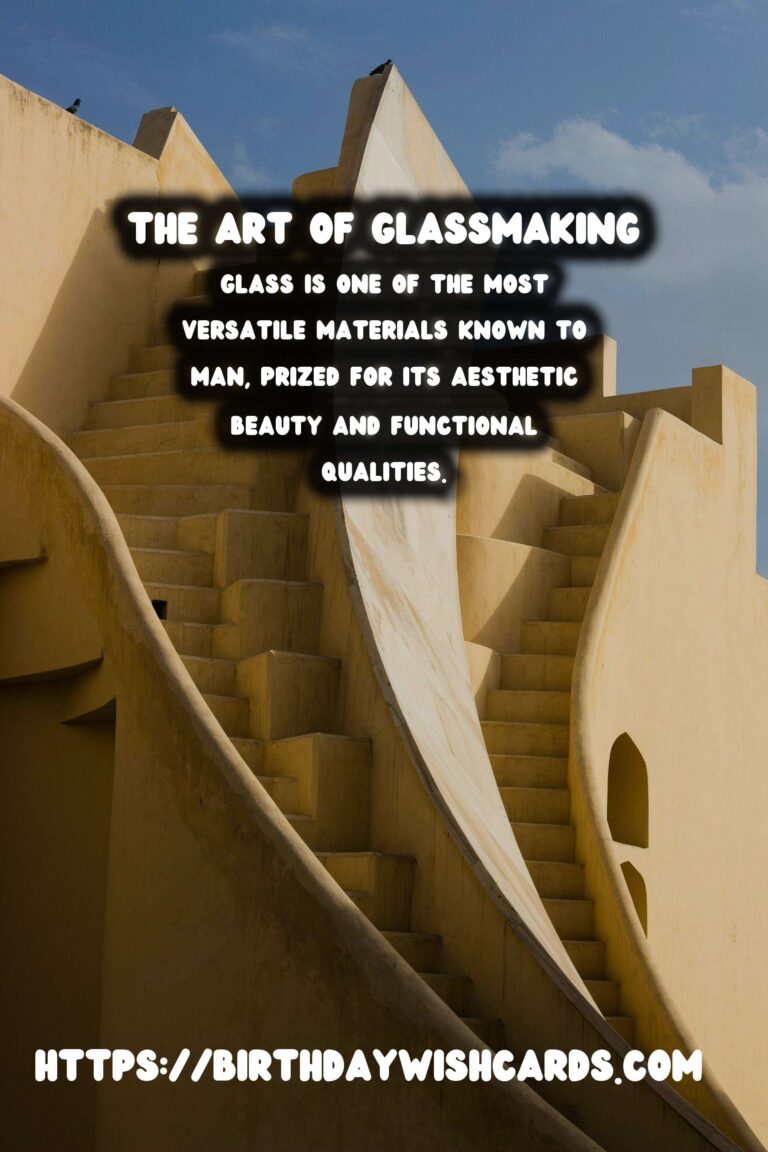
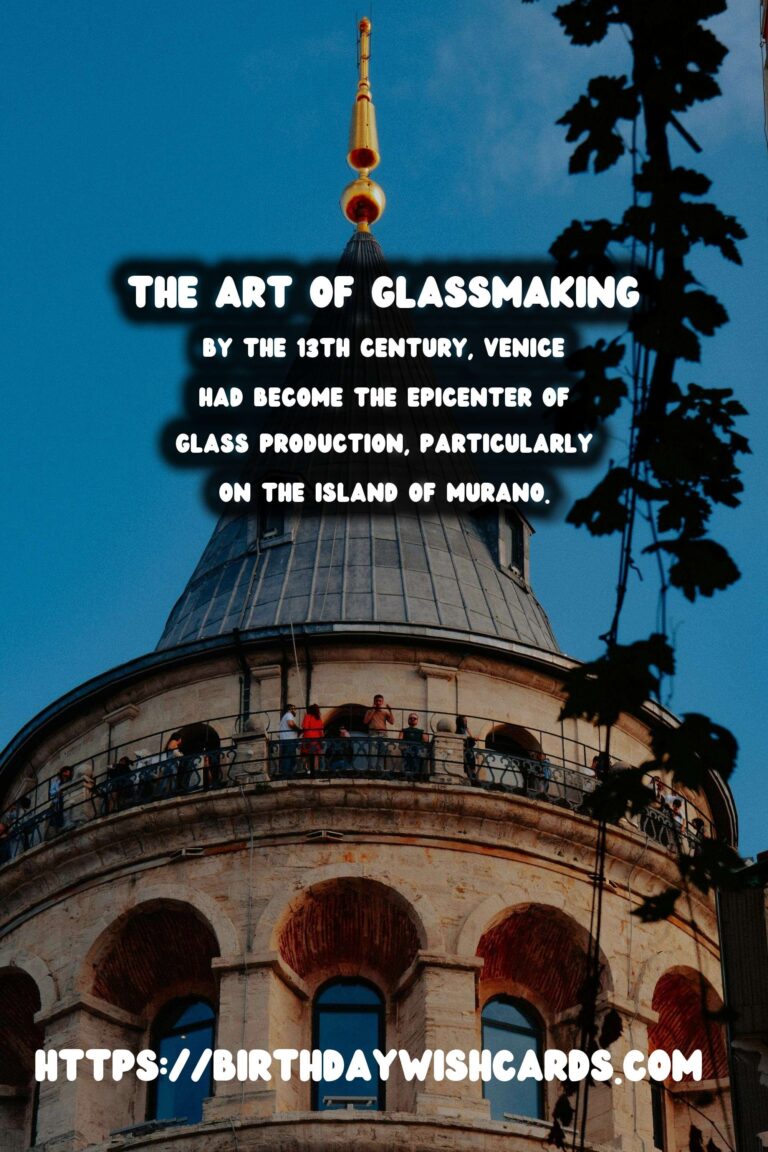
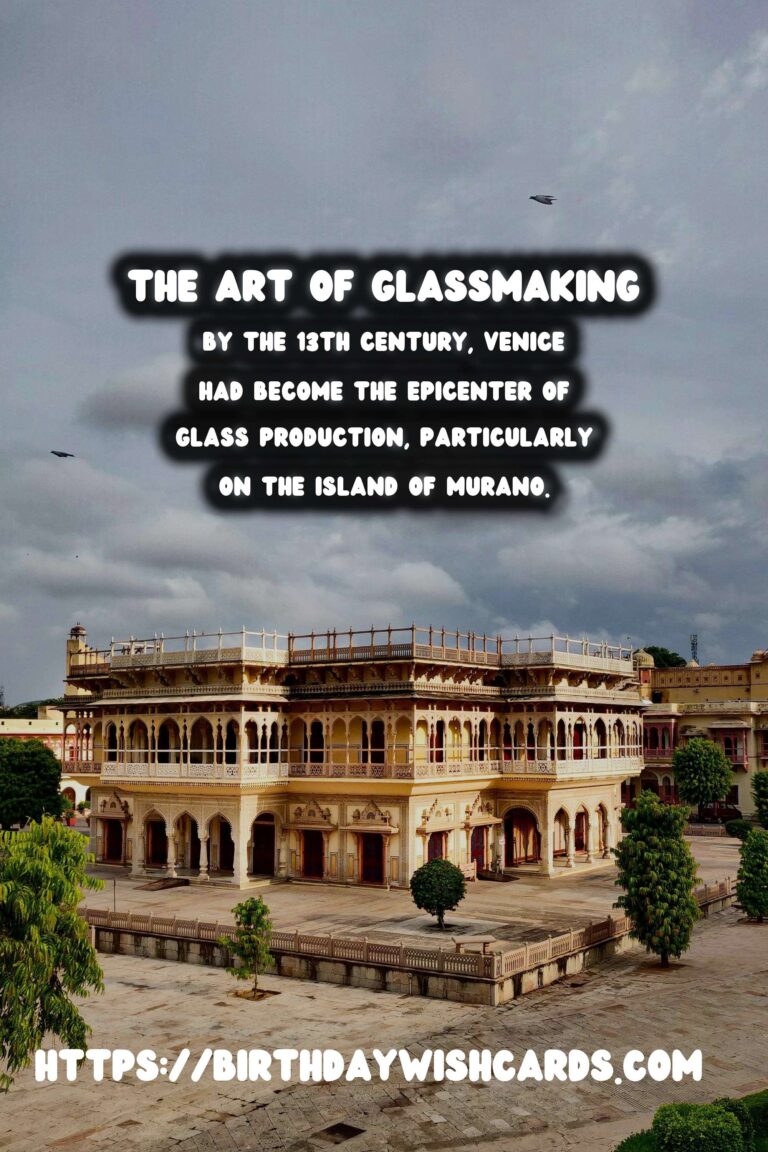
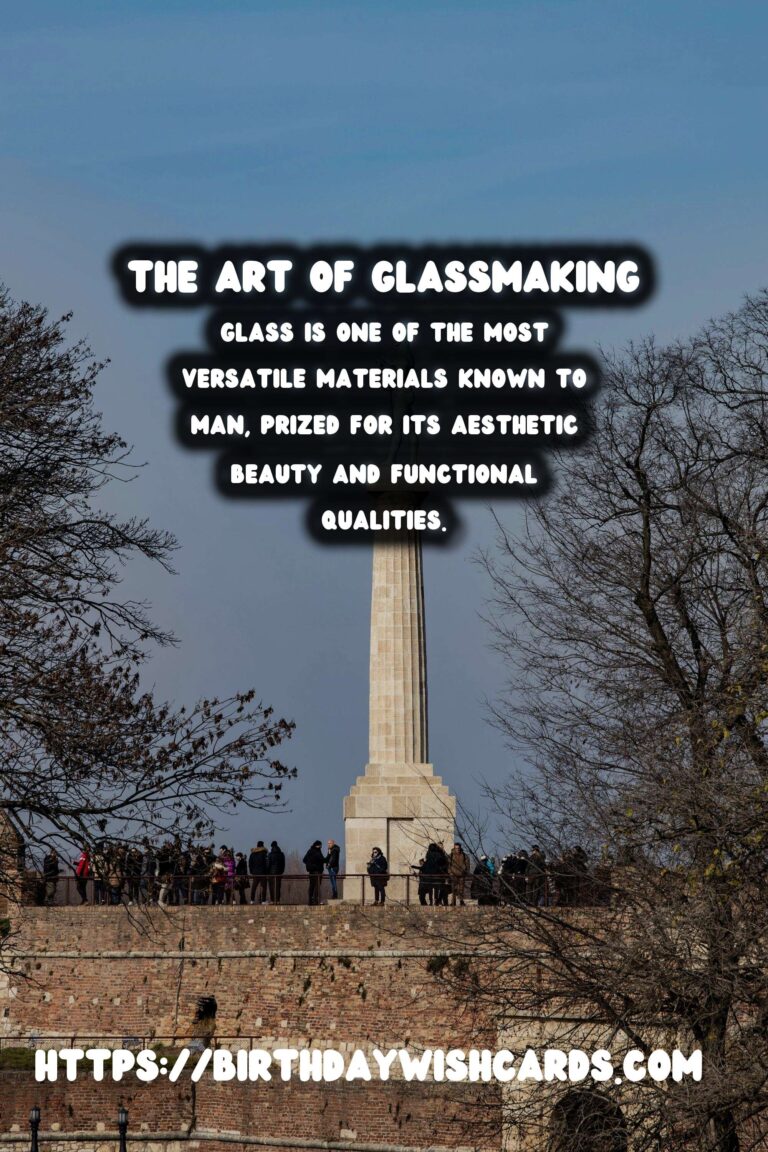


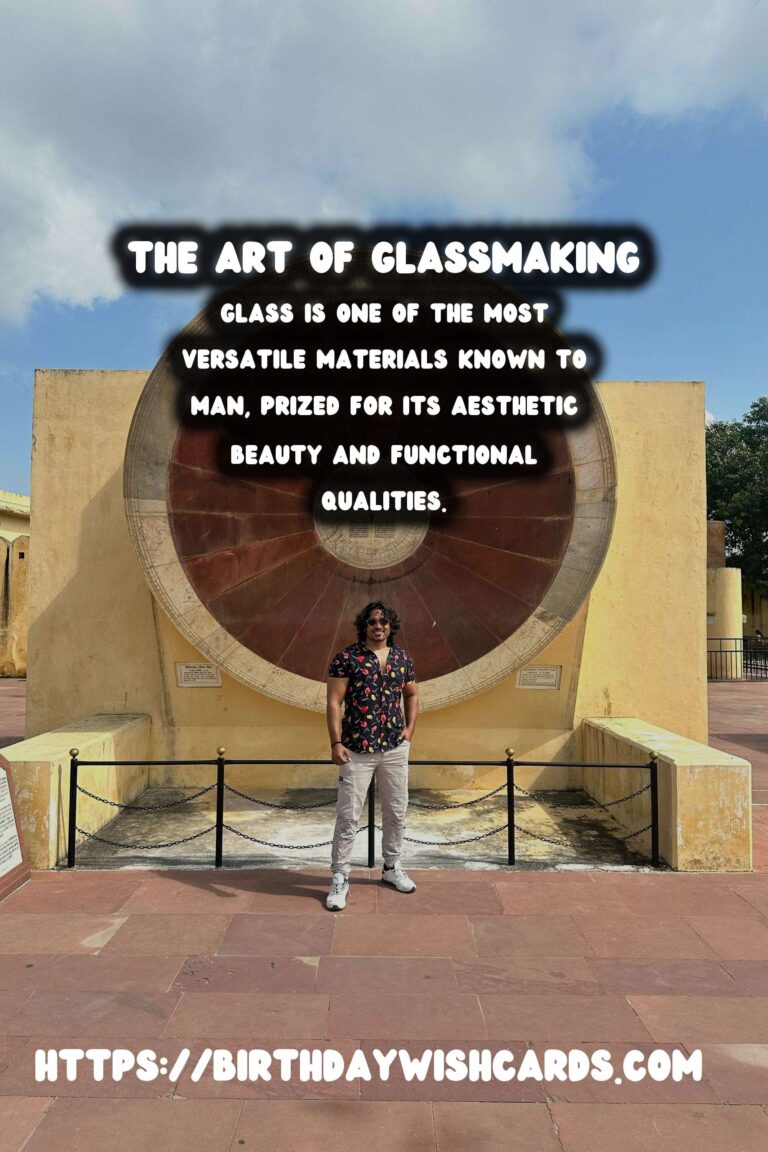


#GlassHistory #Venice




